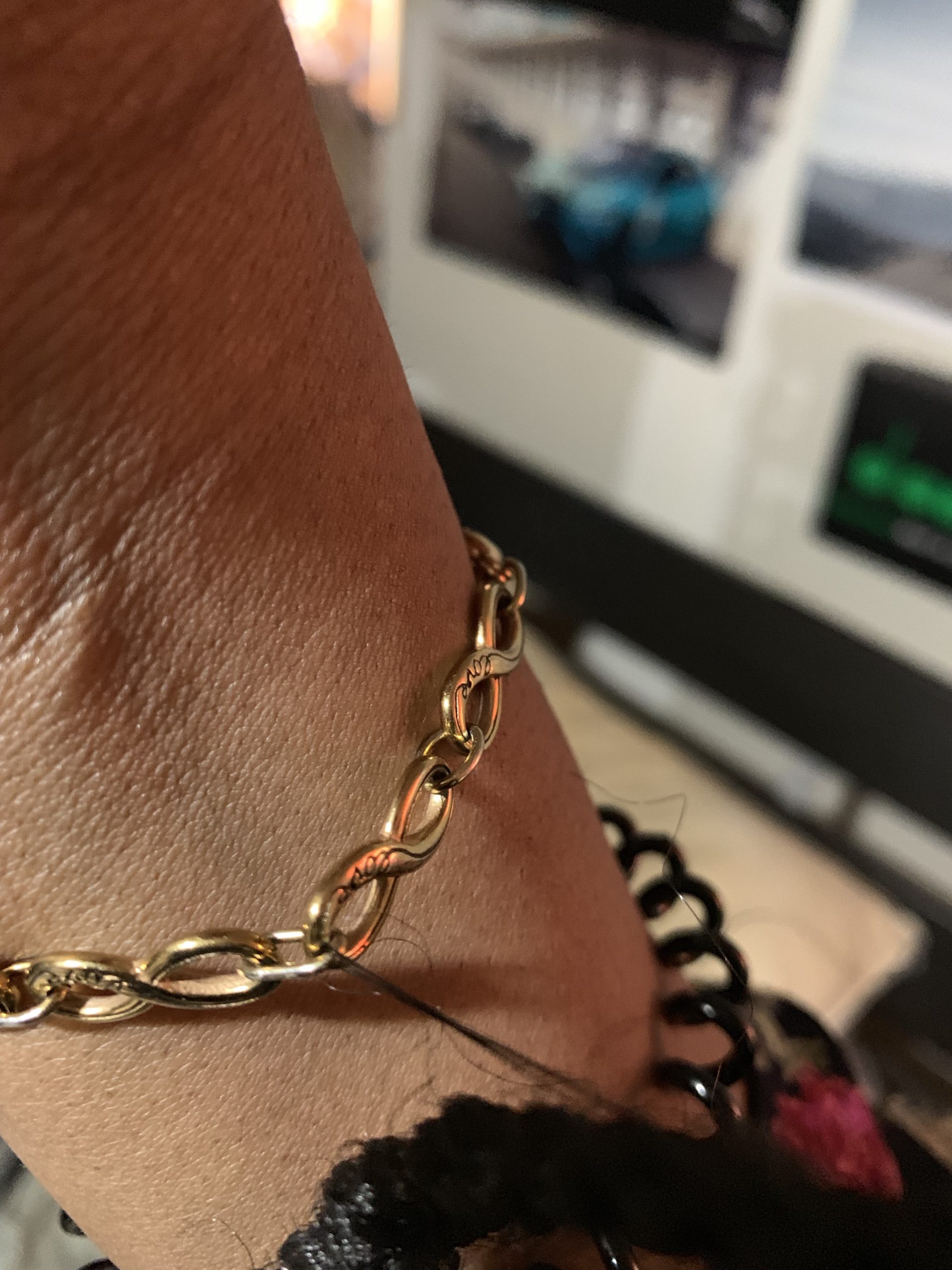Disability and Retirement Planning – RDSP
Share

While retirement might be a long way away, it’s essential to start thinking about your retirement strategy as soon as possible. I received a letter in the mail with information on RDSPs, and boy was I glad to get it!
What is an RDSP?
RDSP stands for Retirement Disability Savings Plan, and it’s an excellent retirement savings tool for those with a disability.
What Makes an RDSP Special? Check This Out:
Canada Disability Savings Grant: If you have an RDSP account, the Federal government will contribute up to $3 for every $1 you contribute. Yes, you read that correctly. The government will TRIPLE your contribution. This is assuming that your family income is below a certain threshold (for 2019, that threshold is $95,259).
Canada Disability Savings Bond: If you are a person with a disability and live on a low income, you will receive an additional grant of $1000 every single year for 20 years! As of 2019, the maximum income you can have to obtain the full bond is $31,120. You can still receive a partial bond if your income is between $31,120 and $47,630.
Contributions to an RDSP don’t have to be made by you. If you have family or friends who want to contribute to your RDSP, they can do so.
While I’ve never had to apply for disability income assistance, I’ve heard that you have to mention any form of savings that you have, as this may affect the amount of the aid received. RDSPs are exempt from this, and will not harm you if you need to apply for income assistance.
How Do I Get an RDSP?
Now that I’ve given you the low-down, I’m sure you’re wondering what the criteria are for opening an RDSP. Here are a few things:
• You must live in Canada
• You must have a social insurance number.
• You must qualify for the Disability Tax Credit.
When I applied, I had to print off a form, fill it out, and have my doctor fill out a section and then sign it. It verifies that you have a disability.
What Happens if I Qualify?
You’ll be like me thinking, “erh mah Gawd! Why didn’t I find out about this earlier!? So much time and money wasted!”
Hush, child.
The carryover provision allows you to receive grants from up to ten years, provided you qualified for the Disability Tax Credit ten years ago. If you’ve had an “eligible” disability for five years, then you can receive grants from the past five years.
Please read the instructions and criteria carefully. Based on some of the requirements for the disability tax credit, I don’t think the guidelines given adequately cover the different types of ailments people suffer from (lupus included). Please discuss this with your doctor.
Sources:
Click here for the most up to date information on RDSPs.
Click here for the government website on RDSPs.
Happy Retirement Saving!













